CVap Braising
What is a Braising?
Braising is a cooking technique that combines both dry and wet heat to prepare meat or vegetables. It involves searing the food at a high temperature initially and then simmering it in a flavorful liquid at a lower temperature for an extended period. This slow and gentle cooking process helps tenderize tough cuts of meat and infuse them with rich, savory flavors.

How Does Braising with a CVap Work?
CVap allows you to choose whether or not to add braising liquid. You have the option to do either. CVap ovens’ vapor-rich technology generates the high moisture environment necessary to achieve the tenderizing that traditional braising provides.
The steps involved in braising in CVap are the same as those outlined above. The exception is that pans don’t need to be covered while simmering in a CVap. The moist environment minimizes evaporation, making covering unnecessary.
To achieve the maximum advantages of braising (as outlined below), we recommend utilizing braising in liquid. It will give you the best flavor and overall results.
CVap Commercial Oven Options
- All
- CHV3
- CHV5
- CHV7
- RTV5
- RTV7







